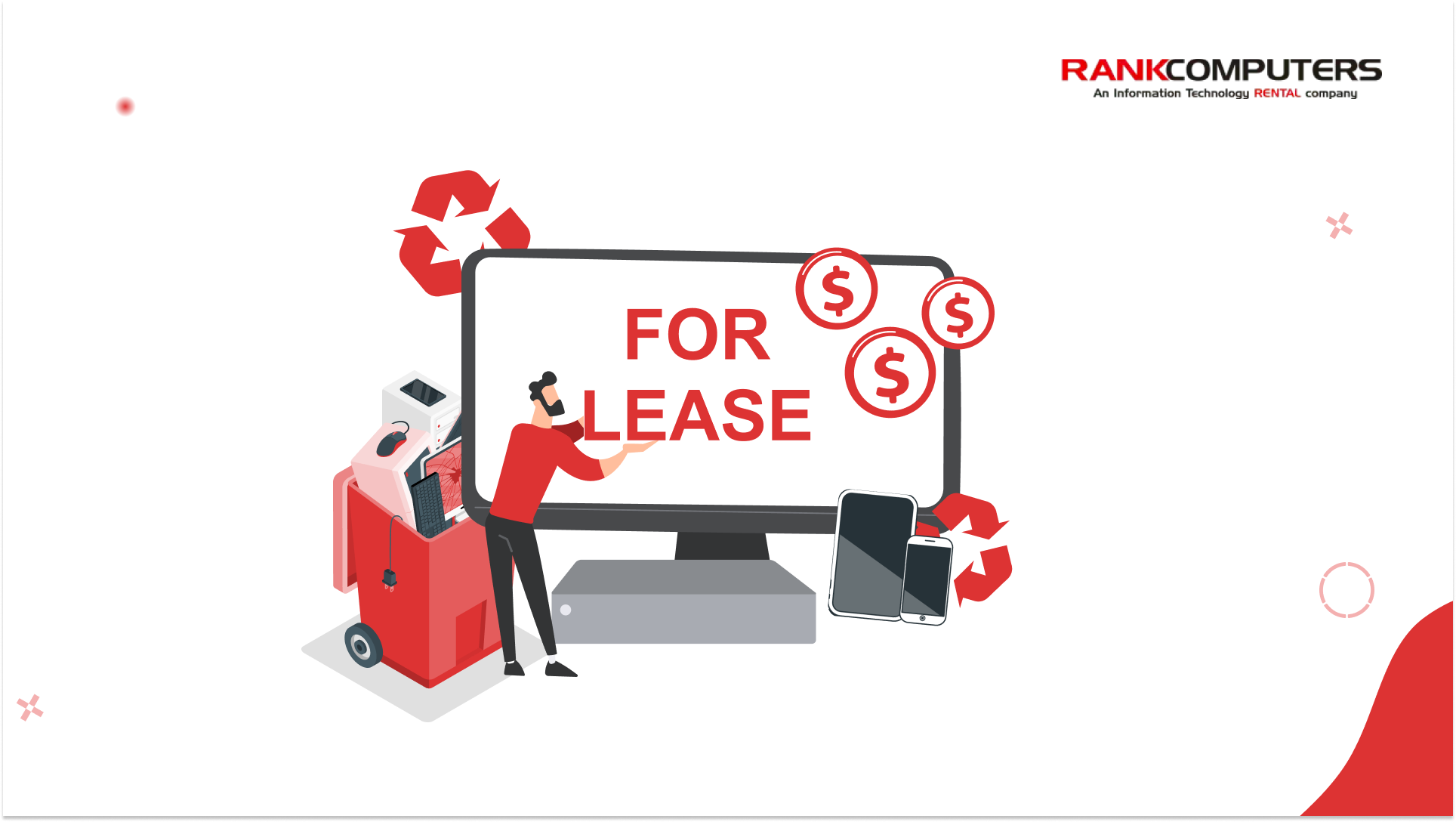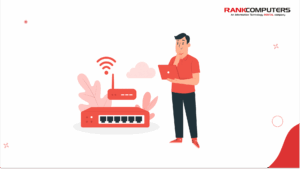Think about your last upgrade.
Maybe it was a laptop. Faster, lighter, sleeker. The old one? You set it aside, thinking you’d “use it for something else someday.” But it stayed there. Forgotten.
Now multiply that by every employee. Every office. Every company.
That’s how the world ends up with over 50 million tonnes of e-waste every year, a number growing five times faster than we can manage. Most of it is burned, buried, or dumped into landfills where it quietly leaks chemicals into our soil, water, and air.
It’s not just a tech problem.
It’s a waste problem. A resource problem. And a systems problem.
Why We Keep Upgrading, and Why We Shouldn’t Stop
Businesses don’t upgrade because they want to. They upgrade because they have to.
Tech is essential. Devices slow down, security updates stop, and newer tools demand newer hardware. Whether it’s for performance, productivity, or compatibility, the need for modern devices is real.
So the answer isn’t to stop upgrading.
It’s to rethink what happens when we do.
Because in most offices, an upgrade isn’t just a clean swap. The new devices roll in. The old ones get boxed up, shelved, or quietly set aside.
Eventually, they’re labeled as e-waste. Recycling becomes the default.
But by then, most of the damage is already done.
Recycling Isn’t the Fix We Think It Is
Recycling often feels like the right thing to do. You drop off your old devices, assume they’ll be properly handled, and move on. Problem solved – or so it seems.
But the reality is, recycling has its limits, especially when it comes to electronics.
Most people don’t realise how complex the process actually is. Here’s a quick look:

- Collection & Transportation: E-waste is gathered from businesses, consumers, and recycling drop-off points and transported to specialised facilities.
- Sorting & Manual Dismantling: Devices are sorted based on type, and skilled workers dismantle them to separate valuable components.
- Shredding & Mechanical Processing: Remaining parts are shredded to extract different materials such as plastics, metals, and glass.
- Separation of Valuable Metals: Advanced techniques like magnetic separation, eddy currents, and water-based separation are used to recover copper, gold, silver, and rare earth metals.
- Refinement & Reuse: Extracted materials are processed and purified to be used in the manufacturing of new electronics or other industries.
With all of that, only about 20% of e-waste is actually recycled properly. The rest? It ends up in landfills, burned, or exported to countries that don’t have the infrastructure to deal with it safely.
Even When It Works, Recycling Comes with Trade-Offs
Recycling sounds like the responsible option and sometimes, it is. But when it comes to electronics, the process is complex, energy-intensive, and often inefficient.
- Many parts are too damaged or difficult to recover.
- Shredding, sorting, and refining use massive amounts of energy.
- Recycling simply can’t keep pace with how fast we replace devices.
So why do we still rely on it?
Because it’s familiar. Most workplaces have e-waste bins. Policies support it. And on the surface, it feels like a clean solution: devices go in, materials come out.
But recycling is reactive. It starts only after the damage is done.
The resources are used, the emissions released, and the devices are discarded.
As e-waste keeps growing, recycling is stuck trying to catch up. It still has a role. But it can’t be the plan.
The Smarter Way to Use (and Reuse) Tech
If recycling isn’t enough, what is?
The real solution starts earlier. It’s not just about how we dispose of devices, but how we manage them throughout their life.
Right now, most businesses buy devices outright. That means they also take on the responsibility of what happens when those devices are no longer needed. Often, that leads to storage rooms full of unused tech or rushed recycling decisions.
Leasing changes that model.
Instead of owning equipment that eventually becomes e-waste, businesses lease only what they need, for as long as they need it. When the lease ends, devices don’t sit idle or go straight to disposal. They go back into circulation.
Through refurbishment and reuse, those same devices can support another team, another company, or even another industry. One device, multiple lifecycles.
That means:
- Less new hardware being manufactured
- Fewer devices going to waste
- A system that works with the pace of business, not against it
It’s not just smarter for sustainability. It’s smarter for operations too.
The Bottom Line
Upgrading isn’t the problem. Treating every upgrade like a dead end is.
At Rank Computers, we offer a smarter way to stay up to date without the waste.
Our leasing solutions give businesses flexible access to high-performance hardware, without the burden of ownership.
- No large upfront costs
- No long-term storage of outdated devices
- No scramble to figure out disposal when the time comes
When your needs change, your tech can too. We take back the equipment, extend its life through professional maintenance, and redeploy it where it’s needed next. Devices stay in use and out of landfills.
You get reliable, enterprise-grade hardware. We handle the lifecycle from deployment to return.
It’s cost-effective. It’s scalable. And it supports both the speed of your business and the health of the planet.
Because the easiest way to reduce tech waste is to stop creating it too soon.





